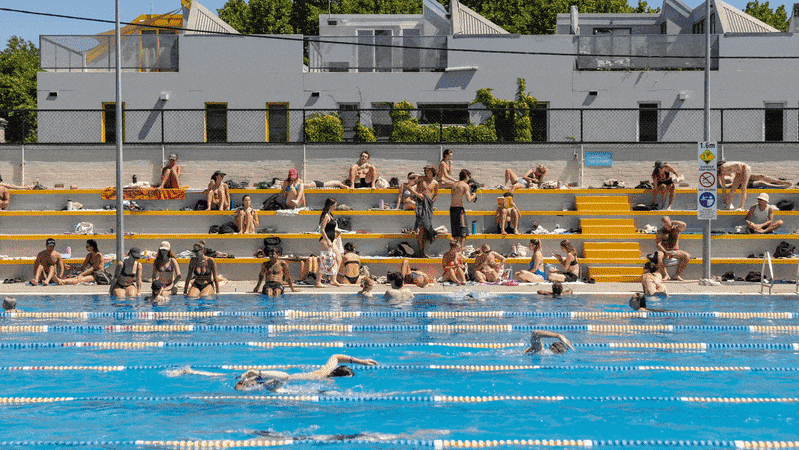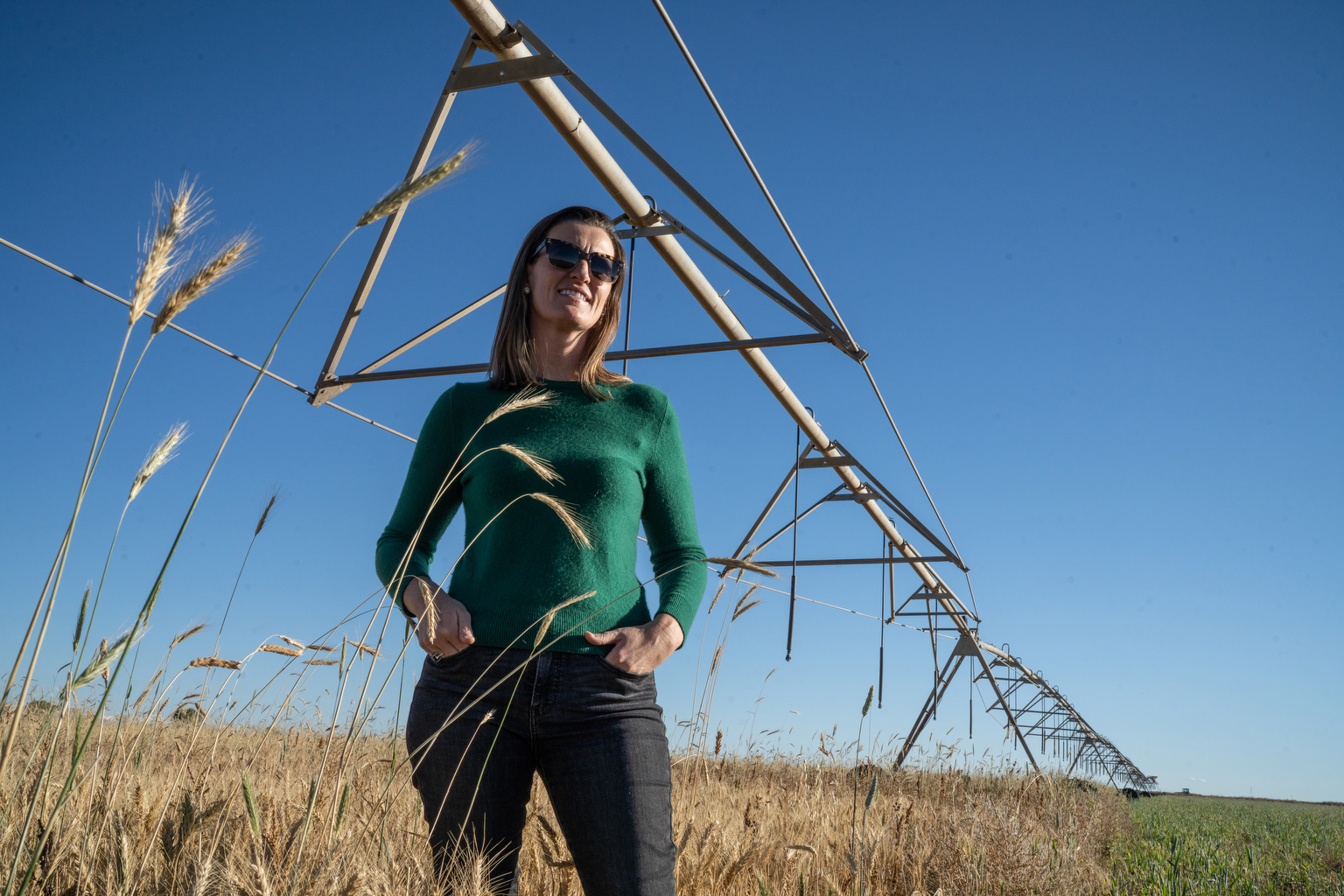Copyright theage

But step back onto Brunswick Street and Maccarone says the grittiness of the people and the streets, which has long given Fitzroy its edge, endures. Jolly says young people are still flocking to Fitzroy every weekend to party at late-night clubs like Glamorama, The Peel and Yah Yah’s, or live music institutions like The Old Bar. Instead of stumbling home intoxicated to nearby share houses they are coming in from suburbs where the rent is cheaper, like Footscray. Jolly, who earlier this month vowed to fight an assault charge linked to a local government election after-party last year, says at least a quarter of residents at the south side of the suburb live in the culturally diverse, sprawling public housing estates. “Without these towers Fitzroy would just be another bog-standard Hawthorn or South Yarra,” he says. Fierce debate and resistance around the suburb’s public housing towers continues to swirl. Jolly dubbed the plan to demolish Melbourne’s 44 public housing as “ethnic and class cleansing” and a “land grab for developers” in testimony at a parliamentary inquiry. He says the government’s redevelopment project was designed to hand over prime inner-city real estate to build “high-rises for rich people”. Under the state’s plan, announced in September 2023, the towers will be razed, and the land leased to private companies for 40 years. The sites will be rebuilt with triple the amount of housing and provide a mix of privately run community housing and market rentals. Critics say the plan will upend the lives of thousands of people for a mere 10 per cent increase in social housing units. Twelve of the 44 towers are in the City of Yarra, more than in any other council area. Ragto Muse lives in the Fitzroy towers with her five children and is staunchly against the plan. “The whole community here is family,” the Somali refugee says. “We have different cultures, different religions, different races, but we are one community. In Fitzroy, everyone’s voice matters.” The demolition of the high-rises remains a source of sorrow for Tony Birch too, who says when he grew up in Fitzroy in the 1960s, nobody was ever priced out of living there. The award-winning writer and University of Melbourne Professor describes it as a “terrible repetition” of what happened to him as a boy. His family was uprooted from their demolished home in Fitzroy and swiftly shunted off to a harsh concrete housing commission in Richmond. “The idea that people don’t want to be there is ludicrous,” Birch says. “That’s their home.” As a boy, he spent years of his childhood living among rubble and ruins in Fitzroy. “It was like being in a permanent bomb site,” he says. Tearing it down It was the 1960s. The government was tearing down and bulldozing old homes to make way for high-rise commission flats in Fitzroy, which had long been regarded by Melburnians as slum territory. Fitzroy was a haunt of notorious criminals, such as gangster Squizzy Taylor, a place for the poverty-stricken and the downtrodden. Streets were marred by violence. The suburb had the highest levels of infant mortality in Victoria. Politicians decried it as a cesspool of humanity. A breeding ground for criminals of the future. Small, rough weatherboard houses crowded with large families, many without running water, lined the streets; worlds away from the gentrified Fitzroy of today, full of hipsters, bars, pubs, cafes, designer boutiques, record stores and vintage shops. Most of Fitzroy’s oldest and still thriving pubs were first licensed in the mid-1860s including The Napier and The Standard. But back then, the streets of Fitzroy were safer for Birch, whose home life was rife with domestic violence. The Indigenous Australian and his brother sold newspapers on Gertrude Street and weekends were always full of adventures. Together, they crawled through empty, derelict houses hunting for treasures like scrap metal and copper. He vividly recalls his brother carrying a heavy, marble washstand home. His mother and grandmother never bought furniture, gathering what they could from the streets and wreckage of razed houses. “It was really an organic sense of recycling,” he says. But what Birch, who is of Aboriginal, Barbadian, Irish and Afghan heritage, treasured most about growing up in Fitzroy was the diversity. His family has ties to the suburb dating back more than 100 years and there was a strong Aboriginal community living there when he was a boy. In the 1966 census, there were thousands of Greek and Italian migrants in Fitzroy too, equal to about a third of the population. By the early 1990s more than 70 ethnic groups were living in Fitzroy. “It teaches you to confront any inherent bigotry,” Birch says. “You just understand people who come from different parts of the world, speak different languages, wonderful people.” For locals like Roslyn Sultan, Marios in Fitzroy is not just a Melbourne institution, its family. The Indigenous woman has visited the restaurant almost daily after moving to the area in the 1980s. Her sons Luke and musician Dan Sultan grew up in the four walls of the restaurant, devouring bowls of pasta. “I worked in there many years ago,” she says gesturing to the busy kitchen of the restaurant. “The people here have always looked out for me. That’s what I love about it. By virtue of just being here, you create a family, a community.” Each day, she sees people down on their luck, struggling with addiction, mental health issues or sleeping rough on Brunswick Street. She says there is always somebody who will stop to buy them some food or have a chat. “Nobody around here is beige and that’s what I love about it,” she says. Up the road, in Carlton Gardens, a sprawling 150-year-old Moreton Bay fig tree, considered by many the birthplace of Aboriginal rights in Melbourne, shelters early risers in the park from the golden morning sun. For years, Aboriginal people from all over Australia gathered underneath the tree to hear legendary leaders and activists such as Pastor Sir Doug Nicholls, Jack Patten, Bill Onus and Margaret Tucker speak of justice and rights for Indigenous people. From the 1920s to the 1980s, Fitzroy and surrounding suburbs became a meeting place for Aboriginal people who had been systematically ripped from their families by authorities during the Stolen Generations. They came to Fitzroy from all over Australia searching for their families. “Often this is where they would find them because everyone knew everyone,” says Sultan, who was forcibly removed from her mother, Loretta, as a child. Beloved Gunditjmara Bundjalung songman Archie Roach reunited with his biological family for the first time at Atherton Gardens. Renowned Indigenous leaders, like Uncle Robbie Thorpe and Gumbaynggirr academic Gary Foley ran activism campaigns behind storefronts in Gertrude Street. One of only pubs they were welcome at was The Builders Arms, which became a hub of Aboriginal political activism. Birch’s Aboriginal ties, childhood memories, the people, and places of Fitzroy, have inspired so much of his acclaimed literary work. While he has always lived in inner-city Melbourne, he was drawn to move back to Fitzroy as an adult. It was a bittersweet homecoming of sorts. “When I was a child no one held enough power to prohibit any group, whether it be a migrant community, or an Aboriginal community, from living in Fitzroy,” he says. “So the powerlessness of people who are struggling, the marginalised being locked out of a suburb now ... that really annoys me.” But some things remain unchanged. He never walks down a street in Fitzroy without stopping to talk to somebody. It could be a stranger doing something interesting that will pique his interest, or witnessing a moment of human connection that moves him. During Book Week recently, he was on Johnston Street when he saw an African father with his young son dressed as Superman. On the other side of the road was an African mother, with her young son, dressed as Spider-Man. “They didn’t know each other, but as they crossed the street these two little boys looked at each other really bashfully and then gave each other a high five and kept going,” Birch says. “So for me the street life of Fitzroy still offers those magic moments all the time. “Those two families, they’re not rich, or well-off, but they’re at home here and as welcome here as anyone.”



